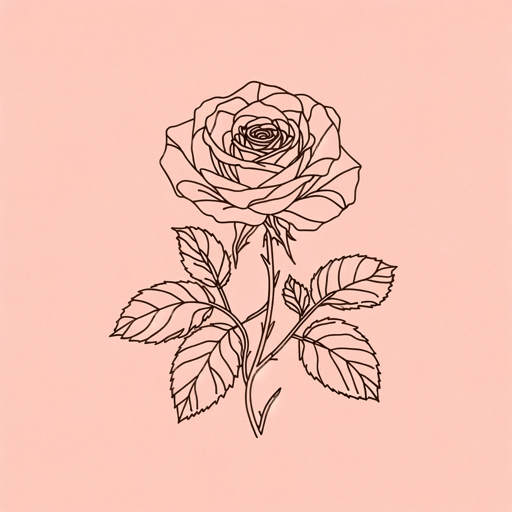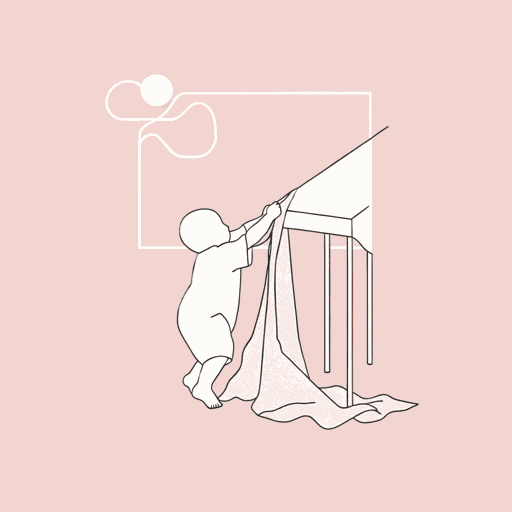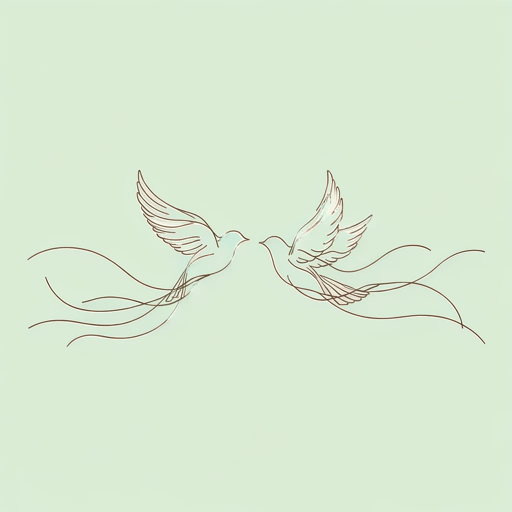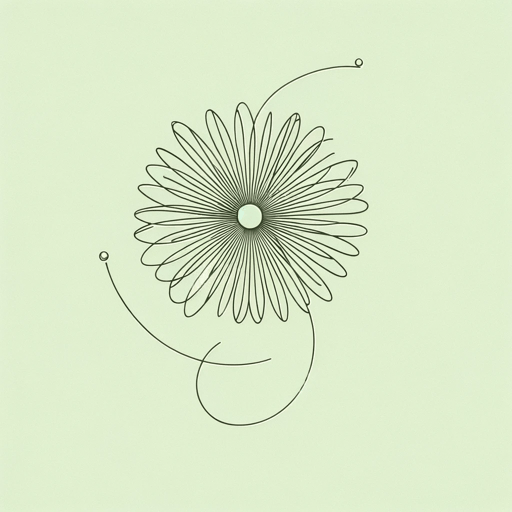17 pages • 34 minutes read
Wisława SzymborskaNothing Twice
Fiction | Poem | Adult | Published in 1997A modern alternative to SparkNotes and CliffsNotes, SuperSummary offers high-quality Study Guides with detailed chapter summaries and analysis of major themes, characters, and more.
Background
Literary Context
Szymborska came of age in the 1940s during World War II and wrote much of her poetry following the war in communist Poland. Szymborska’s work falls within the context of post-war Poland, joining poets such as Czesław Miłosz, Tadeusz Różewicz, and Zbigniew Herbert. World War II devastated Poland and decimated its population. Poland lost six million people, nearly one-fifth its population. Writers and artists who survived, like Szymborska, were burdened with having to speak for a generation and country that had undergone a traumatic event.
20th-century Polish poets felt the need to change the way poetry was written following the war. Defined by their restraint and simple, everyday language, these poets preferred stripped-down imagery, metaphors, and similes. The poems of this era resemble nothing of pre-war writing. In speaking of this style of poetry, Szymborska claims the following:
It was not possible to use the same language as before. We all felt the need to use a very simple, very brash language. We wanted a poetry without artifice (Hirsch, Edward. “A Poetry That Matters.” 1996.The New York Times.).
“Nothing Twice” represents these ideals. Placed against the trauma of post-World War II Poland, the poem’s seeming simplicity gains depth, value, and gravity.
Related Titles
By Wisława Szymborska




